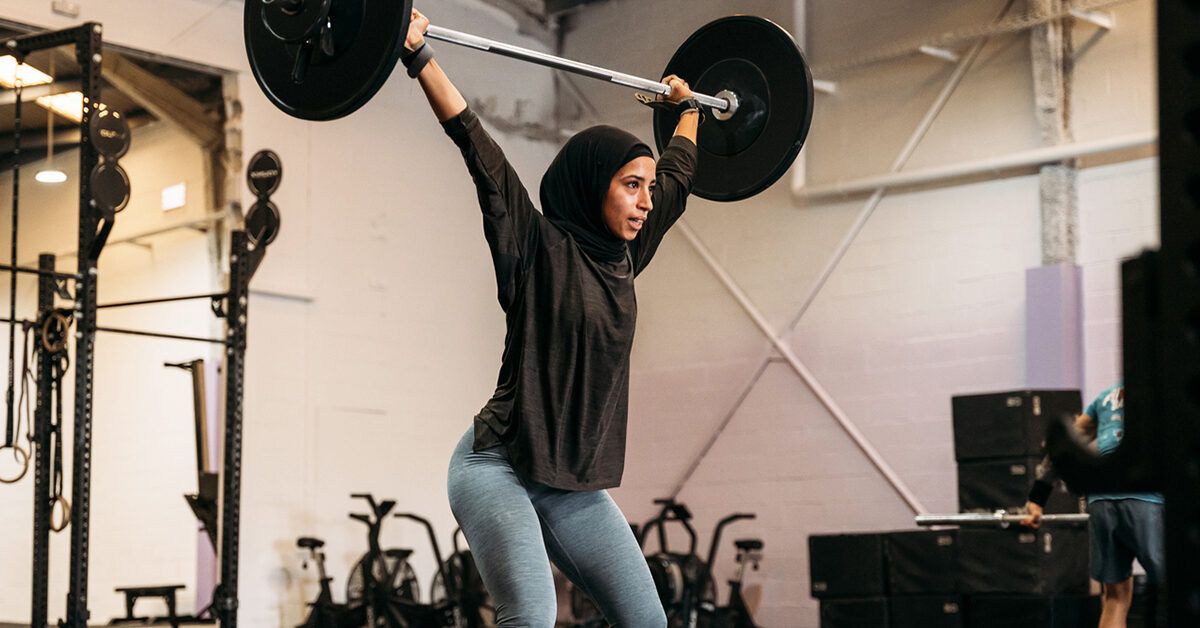Poser
WKR
Poser you make good points. I think k it can come down to a difference between people who have maintained strength training over many years vs older people who are just starting after a long lay off.
Have a good day.
This is true. Afterall, If you can’t extend your arm all of the way, you can’t perform a press. Some people may need some of that work in order to get to a place where they can perform the movements to begin with.

